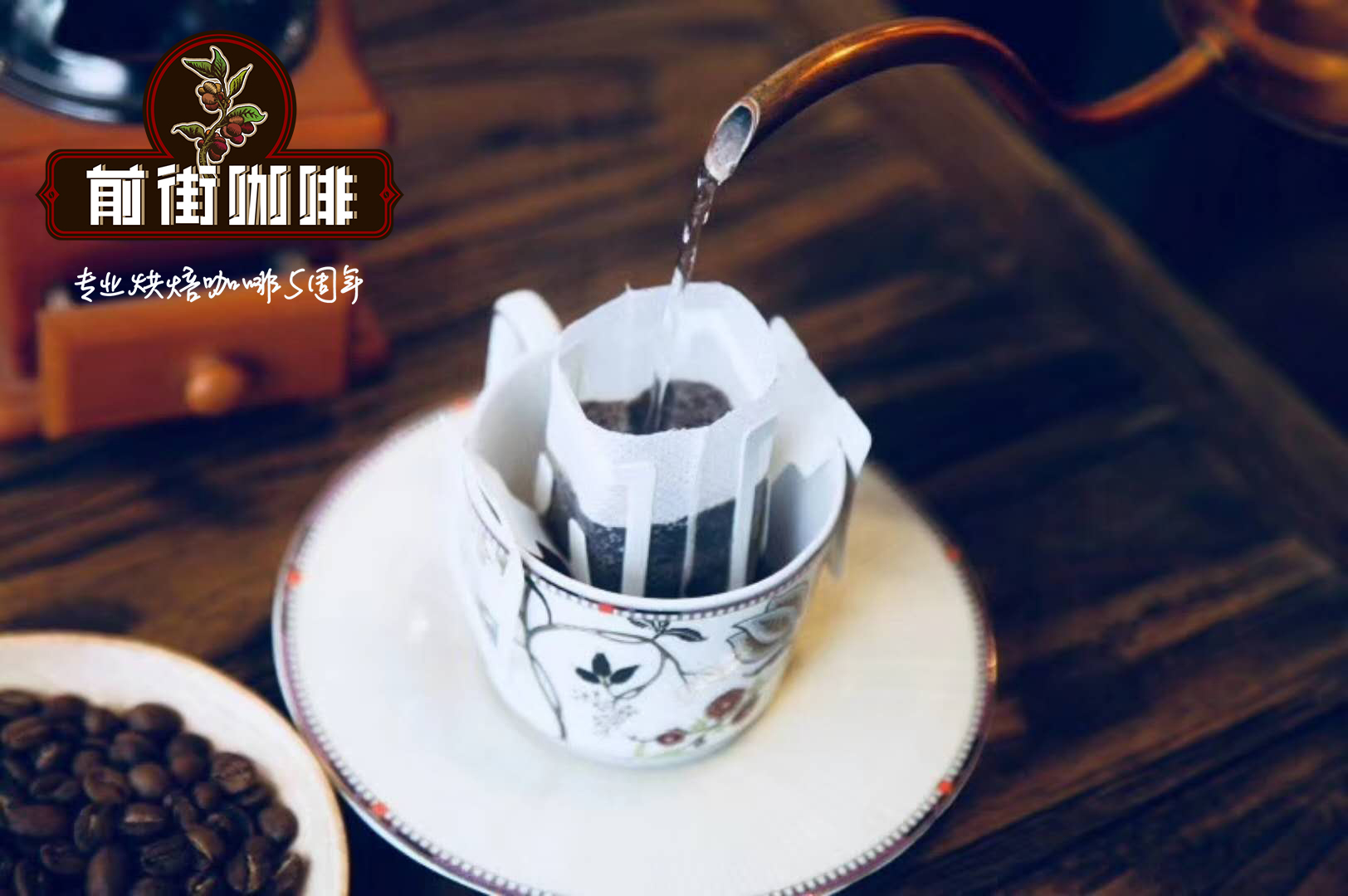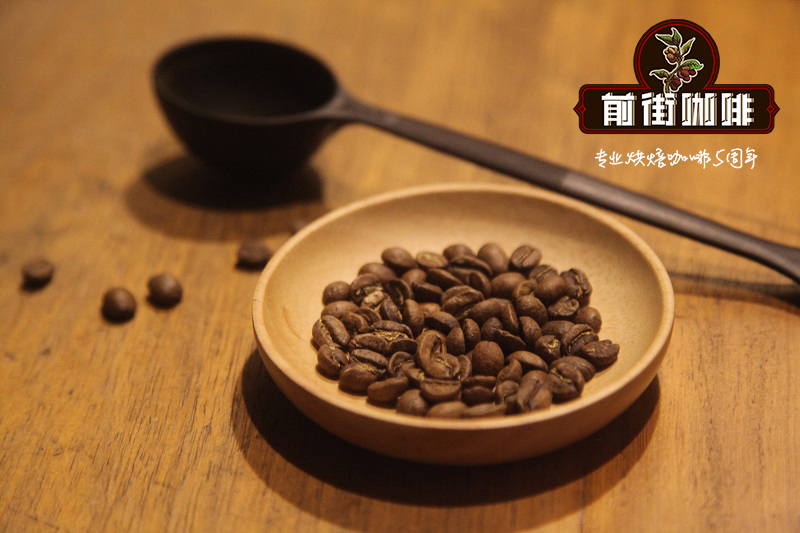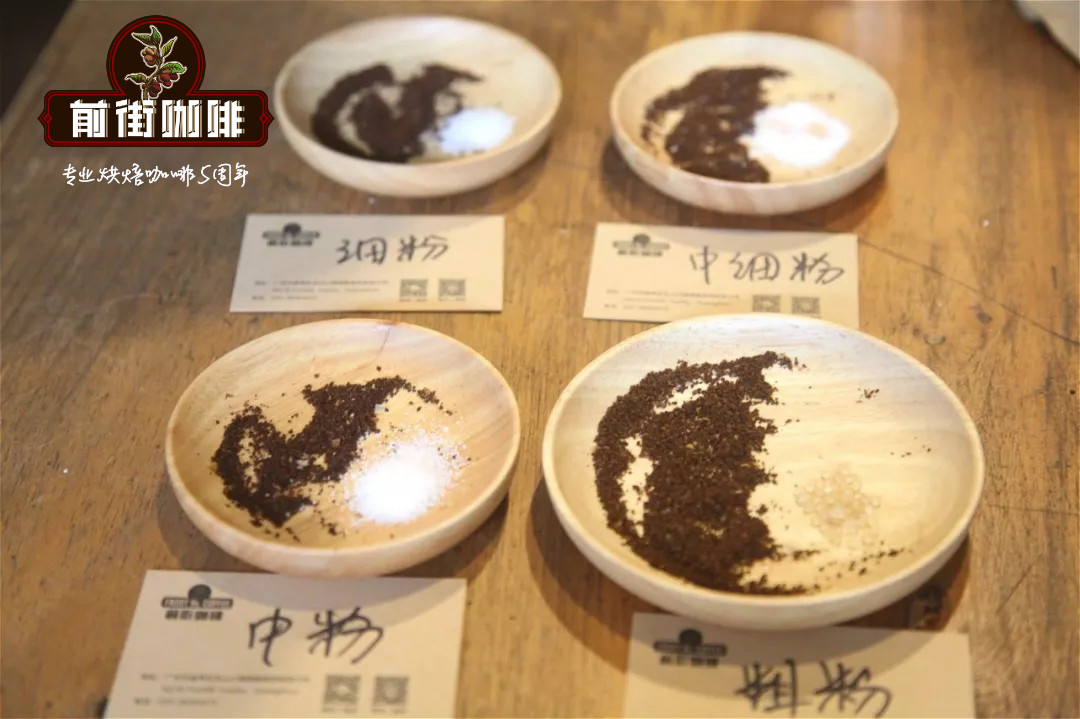Why does coffee need exhaust? Why does coffee have carbon dioxide? How to keep coffee fresh

The fresher the coffee, the better... Right? This statement is not entirely true.
Although no one wants to drink old beans, roasted coffee beans brewed directly, its flavor will certainly disappoint you, because the coffee is still in a lot of exhaust state.
Whether you are a roaster or brewer, you must understand exhaust. In this article, we learn what exhaust is, how exhaust affects your coffee, and how to perform these actions.
What is exhaust?
Exhaust is the process by which coffee beans emit gases after roasting. When you roast coffee, a lot of carbon dioxide and gases are produced inside the coffee beans.
The problem is that these gases release small bubbles as you brew, which can disrupt the coffee powder's contact with water, resulting in uneven extraction of flavor and aroma substances.
In other words, if you brew freshly roasted coffee, these gases will negatively affect the flavor of your coffee.
For this reason, it is better to wait a few days after roasting before making coffee. This period of time during which carbon dioxide and chemical changes are emitted is called exhaust.
Why does coffee have carbon dioxide?
When coffee is roasted between the first explosion and the second explosion, the coffee beans undergo a degradation reaction. At about 220°C, the sugar breaks down into several different compounds, including carbon dioxide. Coffee beans begin to turn brown as water loss decreases.
Ensei Neto, founder of The Coffee Traveler, told the authors that degradation is the most important chemical reaction at the end of baking because it converts to sugar. Gas is produced when energy is released.

Exhaust to make coffee just right
But the carbon dioxide in coffee beans is not a bad thing, it plays an important role in the quality of coffee. The 2018 Journal of Agricultural and Food Chemistry states: "Carbon dioxide is an important indicator of coffee freshness, plays an important role in shelf life and packaging, affects the extraction process, affects the formation of espresso crema, and may also affect the sensory flavor characteristics of coffee."
When coffee beans are over-vented, the flavor is less pronounced. The secret is to exhaust the beans for a moderate amount of time, rather than waiting until they have aged too long. Juan Mario Carvajal, founder of the South American Fine Coffee Association, said: "The gases that are still being released are an indicator of the freshness of the coffee beans, but when the coffee is too fresh, it prevents the coffee powder from being fully extracted."
If you use beans that have not been vented long enough, it may take longer to extract a shot of espresso because the gas blocks the flow of water. These gases contribute to crema formation because bubbles are generated during extraction, but flavor is also less desirable because the gases interrupt the extraction process.
Joe Behm is president of Behmor, a company that makes specialty coffee association certified home bean dryers and smart brewers. He said that the exhaust of coffee is important because it makes the coffee flavor brighter.
As an example, he uses his award-winning Behmor 1600 Plus to roast Guatemalan coffee, which has a rubbery flavor after 72 hours, but after 96 hours, the chocolate flavor becomes apparent and the flavor framework is more fully established.
How long does it take to exhaust?
Exhaust will disperse the carbon dioxide produced during the roasting process, but we don't want these gases to disappear completely, but the coffee has the right amount of gas at the time we want to drink, and the right amount of carbon dioxide will make the coffee taste less bland.
However, how long it takes after roasting depends on many factors. Usually, three days to two weeks or three weeks after roasting are suitable for brewing. However, the difference between each coffee will also make the exhaust time required different. The brewing method, treatment method and roasting degree will affect the length of exhaust time.
Sharayah Harper, co-founder of Uncharted Coffee Co, USA, said: "There will always be some differences in the harvest and washing process of coffee fruits, the drying process will be different, the water quality will be different, so I think this is why the exhaust time will be different." Coffee beans also have different sizes, so they contain different amounts of water and gas."
The brewing method determines how long the beans will last
If the coffee beans are used for hand brewing or pressing, they can be used as soon as possible after roasting for a few days, because coffee has a long contact time with water, so there is no need to exhaust too much gas.
On the contrary, when we want to brew espresso coffee, because the brewing time is very short (usually only 20 seconds), it means that bubbles will affect the extraction result to a greater extent.
Joe said: "Espresso coffee is special, it needs a longer period of cultivation, you don't see fresh roast coffee directly to extract concentrate, the key is to cultivate beans, exhaust, so that coffee brewing to its full flavor."
Mark Michaelson, Onyx Coffee Lab's lead roaster and the 2017 U.S. Roaster Champion, said: "If it's an extract, we usually want the coffee to be used five to seven days after roasting, which makes it easier to extract the coffee, and the time to hand brew the beans is shorter."
He also said that when Onyx Coffee is prepared for competition, it is usually left for 10-21 days before use, because it makes it easier to extract coffee. If you can wait at least three to five days after roasting before using coffee beans, you can help prevent inconsistent coffee extraction problems.
Coffee treatment affects the growing period of beans
The three main treatments for coffee: washing, sun exposure and honey treatment also affect coffee outgassing. Mark said: "We think that sun-exposed coffee beans need a longer outgassing period than washing."
"Sun-baked beans often have a problem of being too fresh if they are brewed for three to five days after baking. Sun-baked beans take longer to exhaust."
Degree of baking affects exhaust time
Deep-roasted coffee accelerates the exhaust of coffee beans because coffee beans degrade more. Sugar will be converted in greater quantities, and there will be more cracks causing more carbon dioxide to be released.
Sharayah said: "Light roast coffee beans are closer to the unroasted state, which means that lighter roast coffee beans need more time to exhaust."
Ensei also reminded me that if coffee beans are roasted unevenly, it may lead to uneven development of coffee beans; different degradation times will affect the development of coffee beans, which in turn affects the speed of mature beans.
Further reading: Teach you to use the coffee flavor wheel correctly (and hidden functions)
How to Keep Coffee Fresh
How do you make sure your coffee is properly grown when you drink it?
Sharayah recommends creating a good organizational system so that your coffee beans don't age too long. "It's helpful to keep track of the baking dates, especially if the baking is heavy."
Mark says Onyx uses nitrogen to fill coffee bean bags, and with nitrogen, the shelf life of coffee beans can be maintained longer.
It usually bags coffee 20 minutes to an hour after roasting, but only if the bags have vent valves. When customers get our coffee, usually three days after roasting, the vent valve is to allow the beans to vent properly during transportation and prevent the bag from bursting if there is a collision.

Home baked exhaust bean tips
Some bean roasters may not have nitrogen filling equipment, but they do not have problems with bulk baking or long-distance transportation.
Joe explains: "If coffee is roasted under the premise that it starts to lose flavor within seven days of roasting, you lose something in the coffee on the eighth day. I bake as soon as I open the green bean storage jar and let it sit for four days. I'm just using natural circulation so I don't roast too much coffee at once, so I can drink coffee in the best condition."
He also uses large yogurt cans to store roasted coffee beans, which he says can vent because they are not sealed. It will not be affected by sunlight on the inside, because the white plastic material on the outside is opaque. This is the ideal container for Joe.
There are also many people who encourage the use of sealed cans to store roasted coffee beans to maintain coffee freshness. But remind yourself, if you are roasting at home, the container must be able to let coffee beans emit carbon dioxide, and you must consider the amount of coffee beans roasted, can you use it in a fresh state?
Whether or not you exhaust successfully will make you experience a wonderful taste or disappointment in a cup of coffee, but this is actually not complicated, as long as you pay attention to the roasting date and let the coffee beans emit the right amount of carbon dioxide.
So remember when the coffee beans are roasted, and consider the storage space and brewing method will also affect the exhaust. The exhaust time required for each coffee bean is also different, and some will take a longer time to exhaust. If the coffee doesn't taste as good as you expect, try letting it out for a few more days, just be careful not to let it turn into expired beans.
Important Notice :
前街咖啡 FrontStreet Coffee has moved to new addredd:
FrontStreet Coffee Address: 315,Donghua East Road,GuangZhou
Tel:020 38364473
- Prev

How can roasted coffee make it sweet? How to make Katim sweet? How to learn baking
Sweetness is one of the most popular characteristics of a good cup of coffee. In fact, almost all roasting and brewing techniques are also in pursuit of sweetness, whether you like light roasted coffee with bright and sour quality, or medium-and deep-roasted coffee with rich taste, the development and emphasis on sweetness is the key to forming a cup of pleasant and well-balanced coffee. And this is also examined by decaf coffee, although it has to be baked.
- Next

How to distinguish between new beans, old beans, old beans and old beans of coffee? What's the difference between Chen Dou and Lao Dou?
The roasting date of coffee beans is very important, and the roasting date can be used to determine whether the coffee is in a delicious state or whether it has been stored for too long or improperly stored. But do you know the state of these coffee beans before they are roasted? After the fruit is harvested, coffee will be treated for several weeks, including the procedures of pulp removal, fermentation, drying, hand picking and so on.
Related
- Beginners will see the "Coffee pull flower" guide!
- What is the difference between ice blog purified milk and ordinary milk coffee?
- Why is the Philippines the largest producer of crops in Liberia?
- For coffee extraction, should the fine powder be retained?
- How does extracted espresso fill pressed powder? How much strength does it take to press the powder?
- How to make jasmine cold extract coffee? Is the jasmine + latte good?
- Will this little toy really make the coffee taste better? How does Lily Drip affect coffee extraction?
- Will the action of slapping the filter cup also affect coffee extraction?
- What's the difference between powder-to-water ratio and powder-to-liquid ratio?
- What is the Ethiopian local species? What does it have to do with Heirloom native species?

